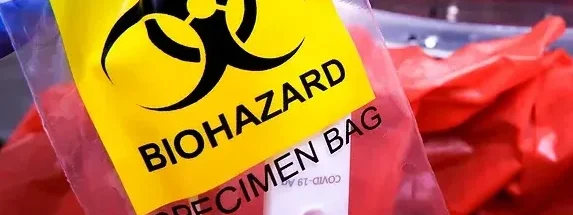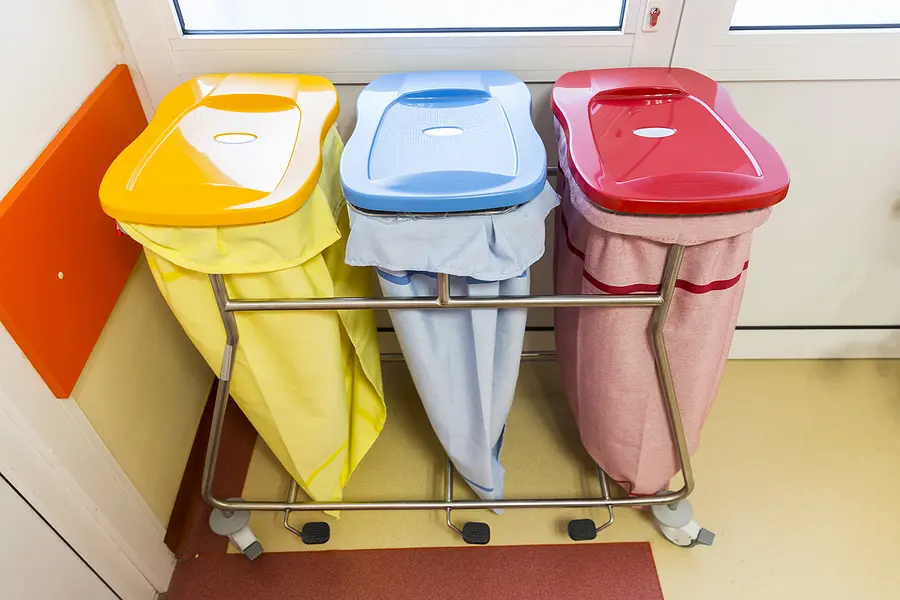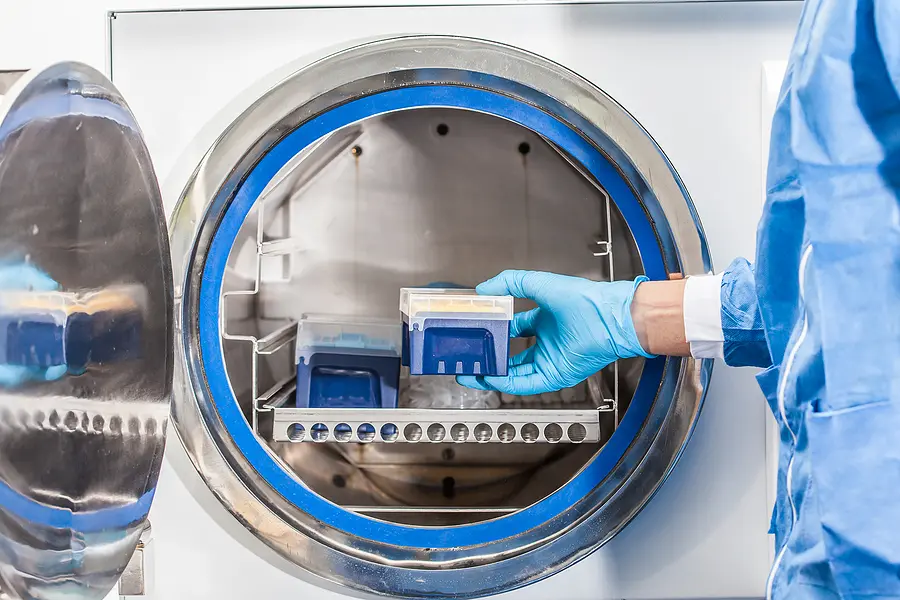How do Hospitals Dispose of Biohazard Waste?

Managing the aftermath of medical procedures and the disposal of potentially infectious materials is performed daily in healthcare facilities worldwide. Hospitals generate a significant amount of biohazardous waste, which encompasses materials that may pose a threat to human health or the environment. This includes used needles, contaminated dressings, blood-soaked items, and various other materials that have come into contact with bodily fluids.
Furthermore, disposing of such waste demands a meticulous approach to prevent the spread of infections and protect the environment. Knowing how hospitals dispose of biohazard waste can help other healthcare facilities improve their methods as well.
How Hospitals Dispose of Biohazard Waste
Hospitals typically adhere to a three-tiered approach when it comes to managing biohazardous waste—segregation, containment, and disposal.

1. Segregation: The first line of defense begins at the source. Healthcare professionals diligently segregate different types of waste at the point of generation. Color-coded bins and bags help distinguish between general waste, recyclables, and biohazardous materials. This initial sorting is crucial to streamline the subsequent steps in the disposal process.
2. Containment: Once segregated, biohazard waste is contained in specially designed containers that meet regulatory standards. These containers are puncture-resistant, leak-proof, and labeled with biohazard symbols to alert all personnel to the potential dangers within. The goal is to prevent accidental exposure and ensure the safe transport of waste within the hospital premises.
3. Disposal: With segregation and containment complete, the next challenge is the final disposal of biohazardous waste. Hospitals must adhere to strict guidelines and regulations set by local health authorities and environmental agencies. Hospitals can easily keep in compliance by partnering with specialized medical waste management companies equipped to handle the unique challenges posed by medical waste.
The Disposal Process
Disposing of biohazard waste is not a one-size-fits-all endeavor. Hospitals must consider various factors, including the type of waste, local regulations, and environmental impact. Common methods include:
1. Incineration: Incineration remains a widely used method for disposing of biohazardous waste. The high temperatures involved effectively eliminate pathogens, reducing the risk of infection. However, concerns about air pollution and greenhouse gas emissions have led to the development of more eco-friendly alternatives.

2. Autoclaving: Autoclaving, or steam sterilization, is another popular method. This process uses pressurized steam to eliminate bacteria, viruses, and other contaminants. Once sterilized, the waste can often be treated as regular municipal waste, reducing the environmental impact.
3. Chemical Treatment: Some biohazardous waste can be treated with chemicals to neutralize pathogens. This method is particularly useful for liquid waste. However, careful consideration must be given to the type of chemicals used and their environmental impact.
Find Responsible Biohazard Waste Disposal Solutions Today
While the disposal of biohazard waste may seem like a behind-the-scenes operation, its impact resonates far beyond the walls of a hospital. Responsible biohazard waste management is an integral part of ensuring the health and well-being of our communities and the planet.
To find responsible biohazard waste disposal services near you, give Medical Waste Pros a call at (888) 755-6370, fill out the form, or use our live chat. We’ve helped hospitals across the country safely dispose of their biohazard waste.










